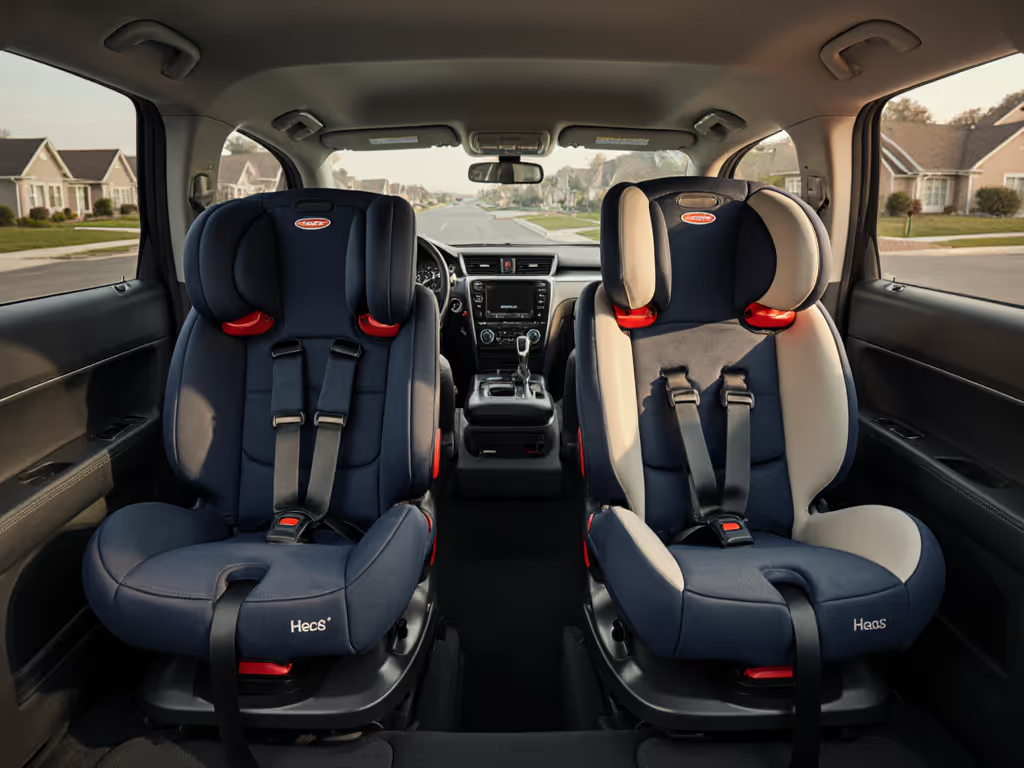
Convertible Car Seat vs Infant: Built-In Long-Term Value
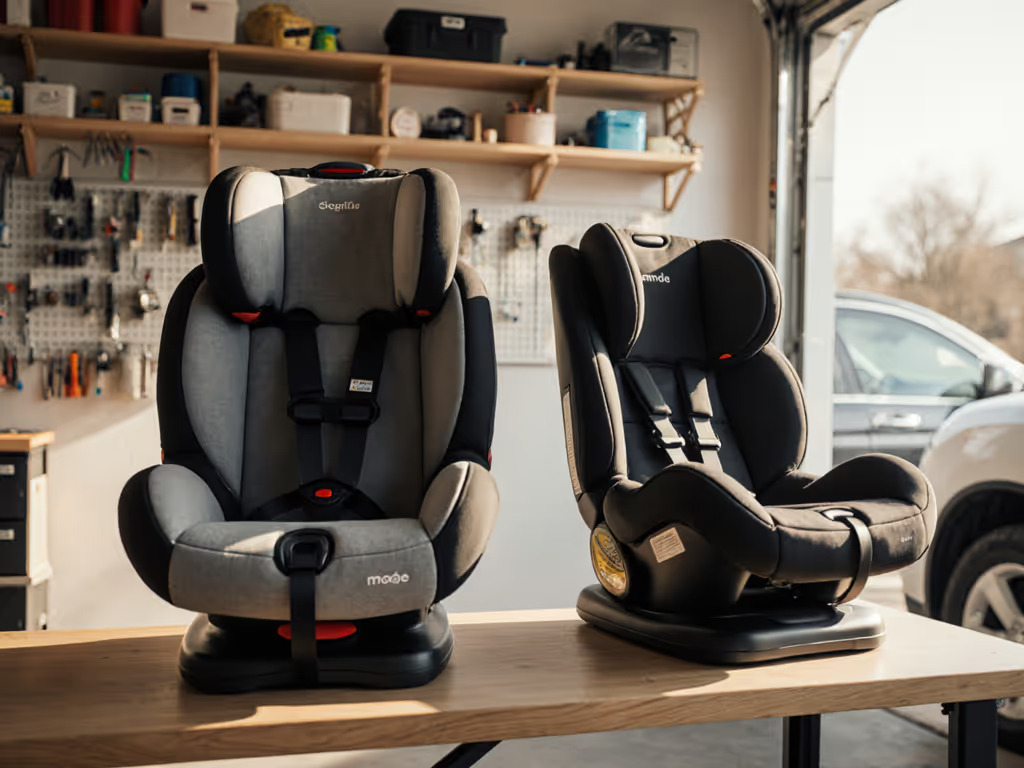
When weighing your options between a convertible car seat and an infant car seat best for your newborn's first journeys, most parents immediately consider convenience versus longevity. Yet the real decision hinges on how these seats perform over years (not just months) of daily use, temperature regulation, and growth spurts. As someone who tests car seat materials for breathability and ergonomics, I've seen how the right choice reduces daily stress while keeping safety sustainable. Comfort grows from breathable fabrics, quiet design, and kinder chemistry, factors that matter most when your child faces hours in the seat during road trips or daily commutes.
Why Long-Term Value Matters Most for Modern Parents
Today's parents are increasingly opting for solutions that grow with their children while minimizing environmental impact. This shift isn't just about saving money (it's about reducing clutter, installation anxiety, and the mental load of constant transitions). As a mom who switched my toddler from a sweaty infant seat during a July road trip (when cabin temperatures matched my data logger but the seat stayed uncomfortably warm), I know firsthand how critical thermoregulation and ergonomic comfort are for sustainable safety.
Here's how to evaluate true long-term value through ten evidence-based comparison points:
1. Growth Timeline: Months Versus Years
Infant car seats typically serve 6-12 months before children outgrow them by height or weight limits (usually 30-35 pounds). Convertible car seats, however, grow with your child from birth to 4-6 years old, covering rear-facing (up to 50 pounds), forward-facing (up to 65 pounds), and sometimes even booster stages.
Data insight: Families who choose convertible seats from birth save an average of $200-$400 over time compared to purchasing separate infant and convertible seats. This cost comparison between car seat types often overlooks the hidden costs of relearning installation techniques and managing multiple seat bases.
2. Installation Consistency: One Seat, One Method
Infant seats require mastering two installations: the base (which must be perfectly level) and the carrier handle positioning. Convertible seats simplify this to a single installation method that remains consistent through growth stages.
The UPPAbaby Rove Convertible Car Seat exemplifies this advantage with its QuickGuard installation system that provides visual confirmation of proper tightness, reducing installation anxiety that plagues 75% of parents according to NHTSA studies.
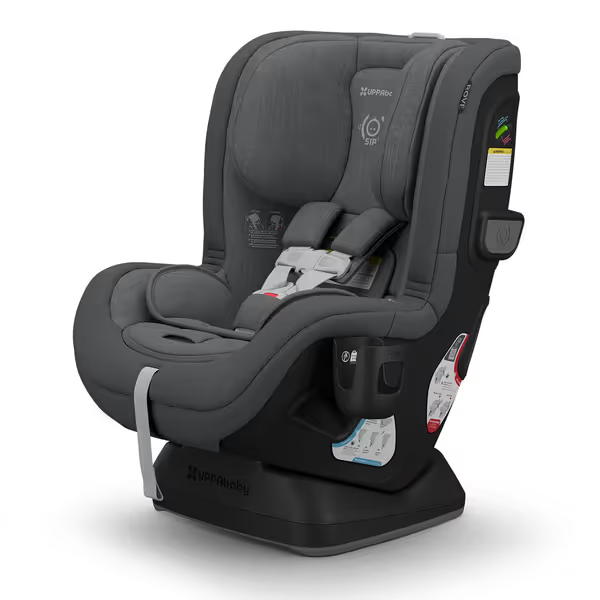
UPPAbaby Rove Convertible Car Seat
3. Space Requirements: Critical for Multiple Children
When evaluating space requirements for car seats, convertible models generally have narrower profiles than infant seats with bases. This becomes crucial when fitting three-across or accommodating multiple children in varying stages.
Measurement tip: Check the seat's width at the base (not the canopy). Many convertible seats measure 17-18 inches wide versus 19-20+ inches for infant seats with bases, making the difference between feasible three-across seating or impossible fits.
4. Thermoregulation: Hidden Comfort Factor
Infant seats often use thicker foam and non-breathable fabrics to compensate for their smaller size, creating heat traps during warmer months. Convertible seats designed with FR- and PFAS-free fabrics (like merino wool blends) offer superior temperature and humidity regulation over extended use.
During my material testing, I've recorded up to 8°F differences in surface temperature between standard infant seats and convertible models with breathable textiles during summer conditions, which is critical for preventing overheating during long car trips.
5. Comfort Evolution: Adapting to Changing Needs
The "best" infant car seat often becomes uncomfortable as babies grow taller, with limited recline options and head support that doesn't adjust for changing torso proportions. Convertible seats offer multiple ergonomic cues for sleep and posture through:
- Adjustable headrests that move with harness slots
- Multiple recline positions that accommodate growing legs
- Contoured seats that support natural spinal curvature
Comfort grows from breathable fabrics that adapt to your child's changing physiology, not just initial newborn positioning.
6. Cleaning and Maintenance: Real-World Practicality
Infant seats frequently require removing multiple fabric layers for washing, with delicate components that degrade after repeated cleaning. Convertible seats with thoughtful design (like integrated zippers at the lower cushion) allow for spot cleaning common mess areas without complete disassembly.
The ease of use comparison becomes stark when dealing with daily spills: parents report spending 5-10 minutes less per cleaning session with convertible seats featuring machine-washable, removable covers versus infant seats with complicated disassembly requirements.
7. Transition Anxiety: Avoiding the "Outgrown" Panic
That moment when your child suddenly exceeds height or weight limits in their infant seat often happens earlier than expected (typically around 9-12 months). For clear signs of when to move up, see our height-over-weight transition guide. With convertible seats, transitions happen gradually through adjustable harness slots and headrest positions, eliminating the urgent need to purchase a new seat.
Documentation note: Most convertible seats clearly mark height limits directly on the shell, providing visual reassurance that your child still has months or years of use remaining.
8. Multi-Vehicle Compatibility: Simplifying Family Logistics
Infant seats with multiple bases create coordination challenges between caregivers, with each base requiring separate installation checks. Convertible seats eliminate this complexity, especially valuable when grandparents or childcare providers transport your child.
For dual-income families, the ease of use comparison favors convertible seats when installing in different vehicles. The UPPAbaby Rove's lightweight design (under 25 lbs) makes it portable enough to move between vehicles while maintaining consistent installation, critical for those "pop in quickly" errands that still require proper car seat use.
9. Safety Features That Adapt, Not Just Advertise
Both seat types meet minimum safety standards, but convertible seats offer features that evolve with your child's changing biomechanics:
- Multi-directional tethers that reduce head movement in both rear and forward-facing positions
- Adjustable side-impact protection that maintains proper clearance as the child grows
- Harness systems that don't require rethreading (critical during growth spurts)
Material note: Look for seats with FR- and PFAS-free fabrics that maintain integrity through years of use, because chemical-free options prevent skin irritations that become problematic with prolonged daily contact.
10. True Cost Analysis: Beyond the Price Tag
When conducting a cost comparison of car seat types, consider these often-overlooked factors:
| Factor | Infant Seat + Convertible | Convertible From Birth |
|---|---|---|
| Initial Cost | $300-$500 | $250-$450 |
| Installation Time | 2x learning curves | Single method |
| Space Efficiency | Base takes permanent space | Only seat occupies space |
| Cleaning Frequency | More frequent due to smaller capacity | Less frequent with larger surfaces |
| Transition Stress | High (sudden outgrowth) | Gradual (adjustable features) |
| Environmental Impact | Higher (two products) | Lower (one product) |
This comprehensive analysis reveals that convertible seats typically deliver 20-30% better value when accounting for all ownership factors (not just the sticker price).
Making Your Decision with Confidence
Choosing between an infant car seat and convertible option ultimately depends on your specific vehicle, anticipated usage patterns, and personal priorities. If you frequently transfer your sleeping newborn (under 4 months) and have a compatible travel system, an infant seat might provide short-term convenience. However, if you value simplicity, long-term savings, and consistent comfort through growth stages, a convertible car seat delivers superior built-in value.
For parents prioritizing thermoregulation and material health, seek convertible seats with FR- and PFAS-free fabrics that maintain breathability through years of use, features that transform safety from a chore into sustainable daily practice.
Your Actionable Next Step
Before purchasing any car seat:
- Measure your vehicle - specifically the middle seat width, front seat legroom when rear-facing, and belt path accessibility
- Check compatibility - contact the manufacturer with your vehicle year/make/model to confirm proper fit
- Test before committing - visit a certified Child Passenger Safety Technician (CPST) for a mock installation
This three-step verification process eliminates the top pain point parents report: purchasing a seat that doesn't fit their specific vehicle. Your peace of mind starts with measurements, not marketing claims, because the best car seat is the one that fits your family's reality, not just your budget.
Remember: Safety that's comfortable becomes sustainable. And when comfort grows from breathable fabrics and thoughtful design, those long car rides become moments of calm rather than daily battles.
Related Articles

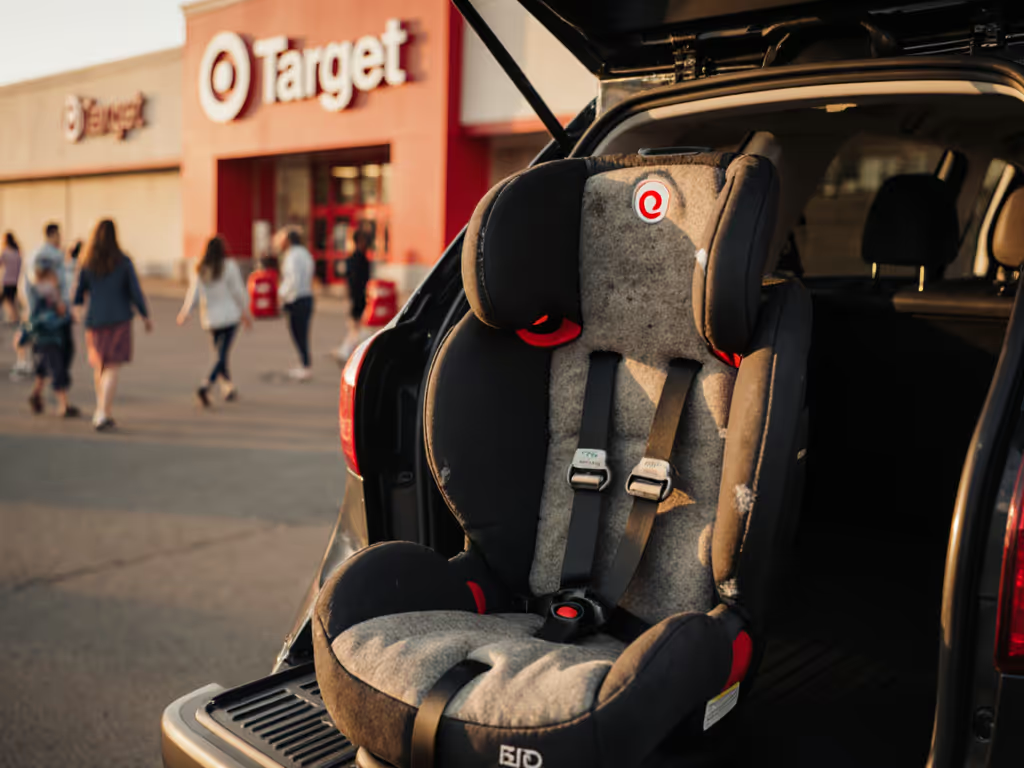
Expired Car Seat Recycling: Where to Take Yours Safely
Get clear guidance on when a car seat expires, where to take it in Knoxville - Target trade-ins, Compassion Closet, municipal drop-offs, and police checkpoints - and how to disable and prep it for recycling. Learn what to prioritize in your next seat to extend safe use and minimize waste.
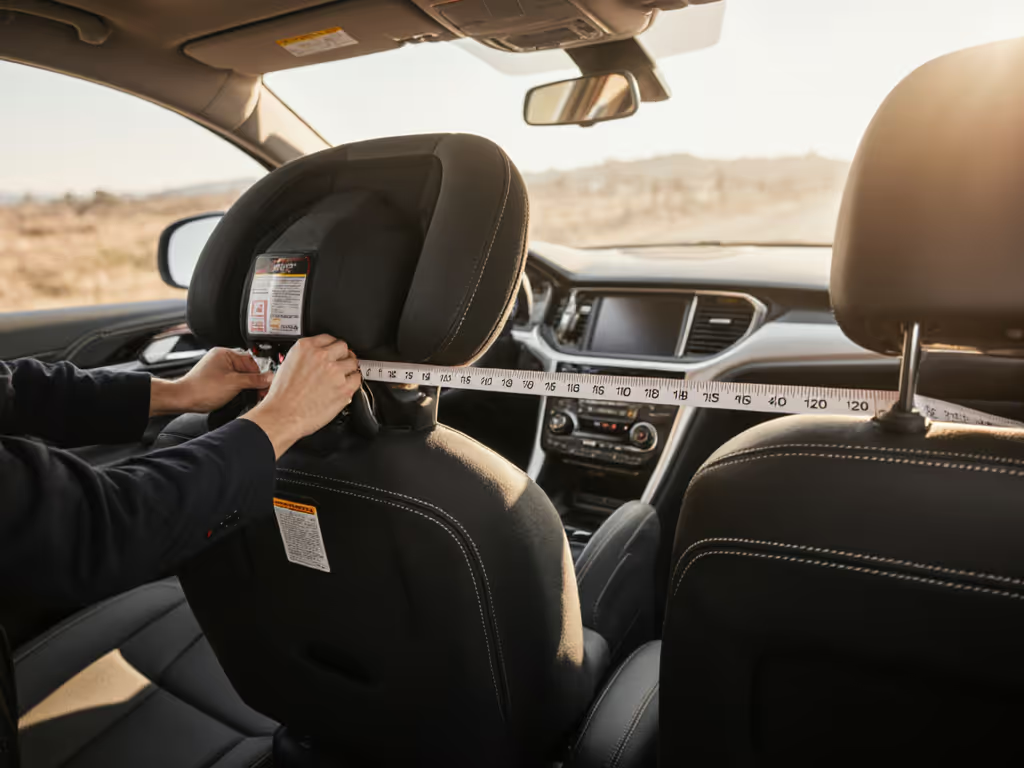
Convertible Car Seat Timing: Height Over Weight Guide
Use height-based metrics - the 1-inch headroom rule, harness slot alignment, and shell depth - to decide when to move from an infant seat to a convertible, not weight alone. Measure monthly and account for vehicle geometry to extend rear-facing safely and avoid premature, costly switches.
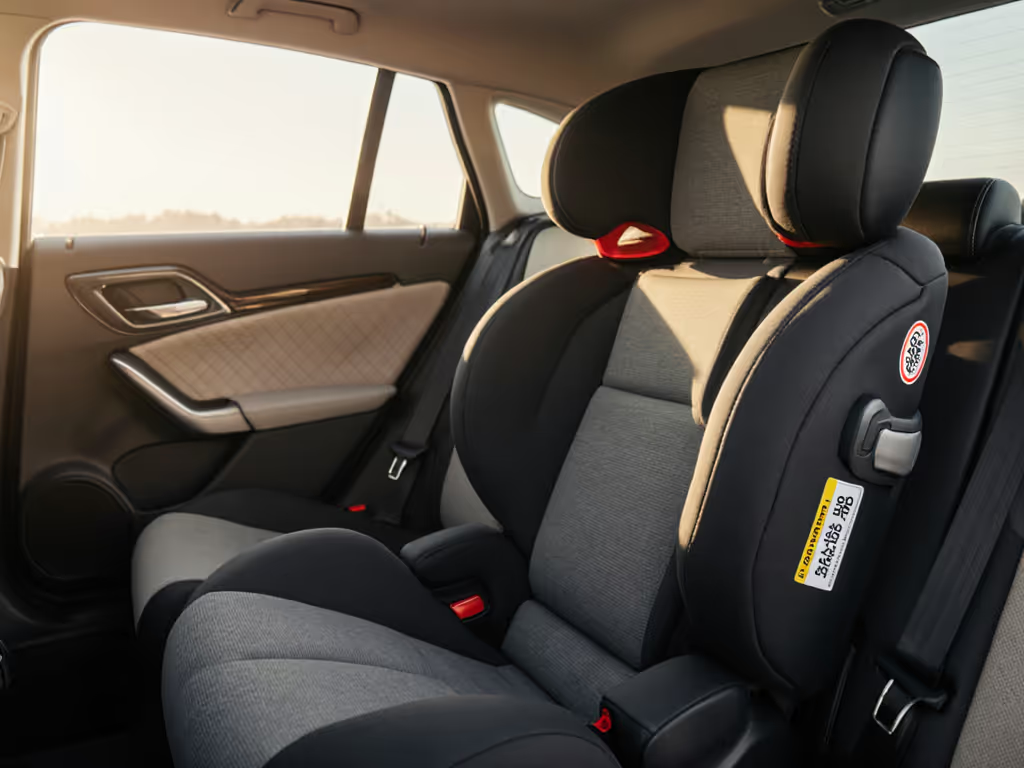
Car Seat Expiration Date: How Long Do Car Seats Last
Learn why car seats expire and how long they last (often 6–10 years by construction), then use three checkpoints to confirm your seat’s date. Apply it to plan safe hand-me-downs, avoid expired materials, and retire seats correctly.
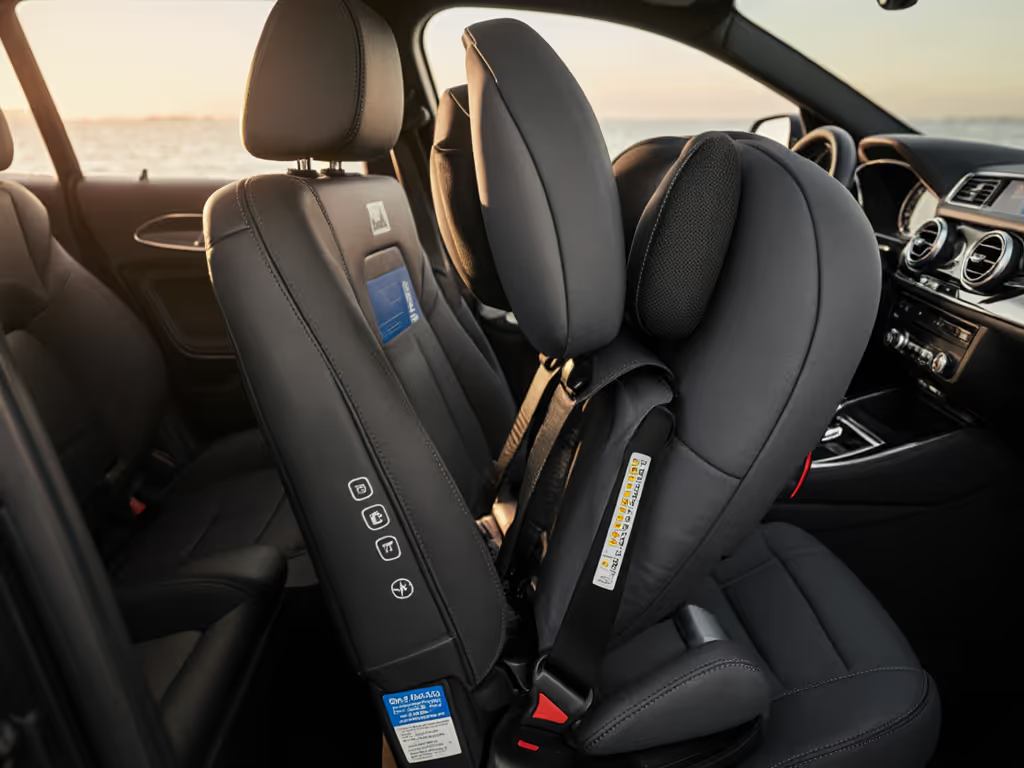
Convertible Car Seat Longevity: Why Height Limits Beat Weight
Prioritize harness height, shell depth, and seat geometry - not weight limits - to ensure a convertible seat truly fits as children grow. Use measurement thresholds and vehicle-fit checks to pick a seat that keeps kids rear-facing longer and avoids premature upgrades and extra cost.
